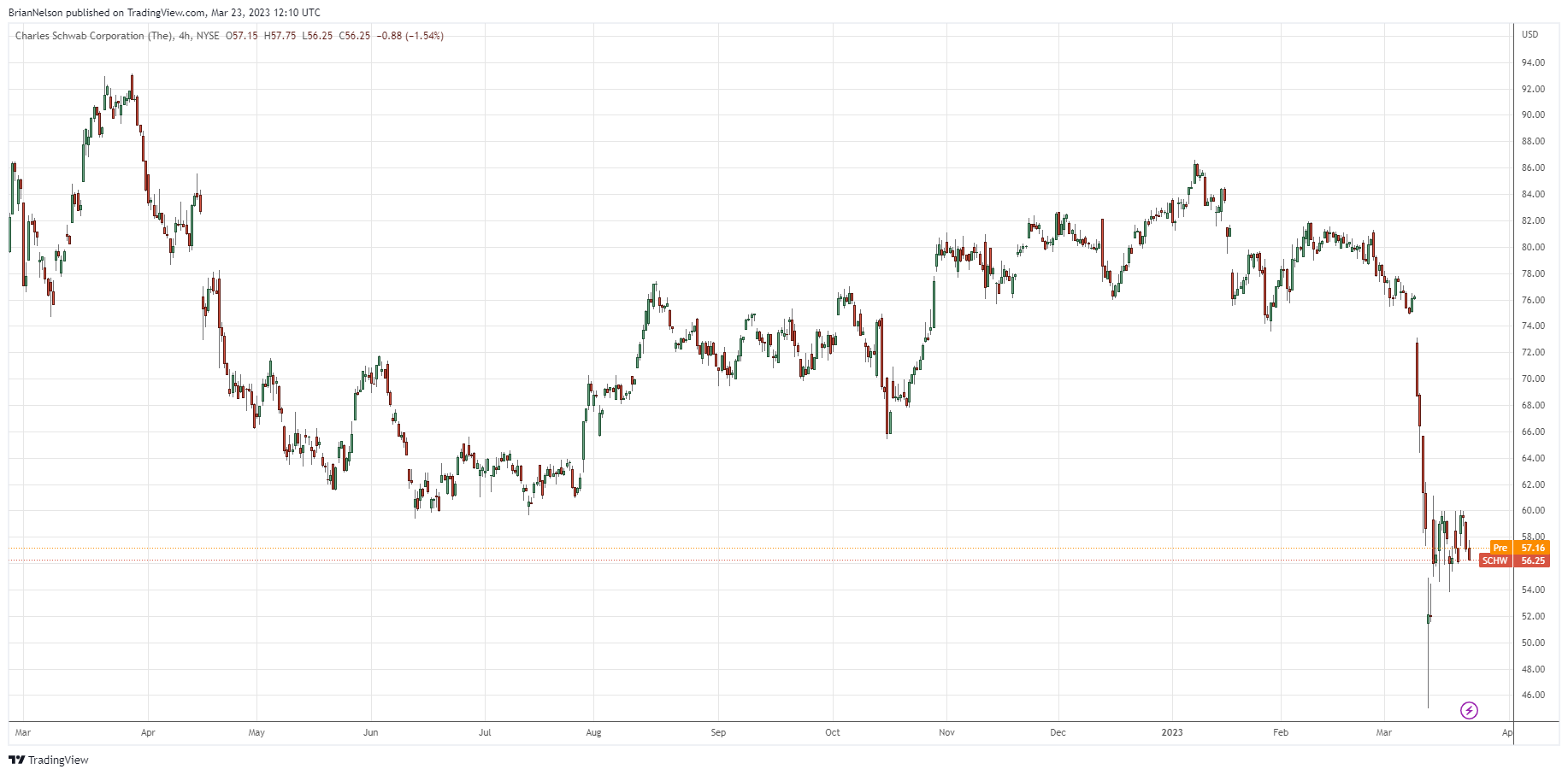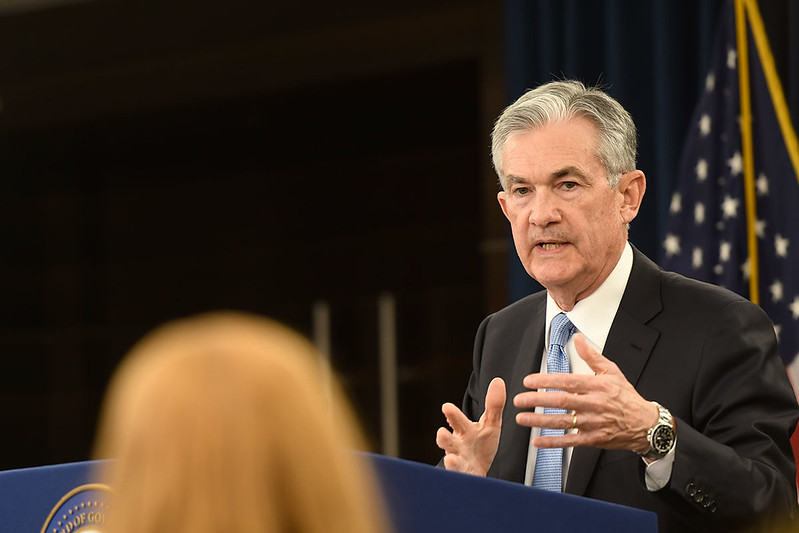|
|
Recent Articles
-
 The Dividend Cushion Ratio: Unadjusted Is Less Subjective, Adjusted Is More Subjective
The Dividend Cushion Ratio: Unadjusted Is Less Subjective, Adjusted Is More Subjective
Mar 23, 2023
-

Image Source: Mike Lawrence.
Question: I'm a subscriber. I'm looking at your Dividend Report for Enterprise Product Partners. It says your Valuentum Adjusted Dividend Cushion ratio for EPD is 1.8 (a ratio that includes future expected proceeds from capital raising endeavors in the coming years), but several lines below it says the Unadjusted Dividend Cushion ratio, which is your regular normal ratio (a ratio that does not include future expected proceeds from capital raising endeavors in the coming years), is 0.22. Please explain the difference between the two ratios, and what is considered a good ratio for the Unadjusted Dividend Cushion ratio, what is an excellent score, what is neutral and what is poor? Also, how much relative importance should I give to each ratio? Also, further down in the section on Unadjusted Dividend Cushion, the chart of EPD has a large negative number in the blue bar, and your text says: "Generally speaking, the greater the 'blue bar' to the right is in the positive, the more durable a company's dividend, and the greater the 'blue bar' to the right is in the negative, the less durable a company's dividend." So that means that EPD's dividend isn't durable, yet your report earlier says that EPD's Dividend Safety rating is GOOD. Can you elaborate?
-
 "Charles Schwab CEO on SVB fallout, contagion risk and deposits" -- CNBC Television
"Charles Schwab CEO on SVB fallout, contagion risk and deposits" -- CNBC Television
Mar 23, 2023
-

Image: Shares of Charles Schwab have faced considerable pressure as a result of the ongoing regional bank crisis.
Charles Schwab CEO Walter Bettinger recently talked with CNBC's Sara Eisen about developments at the brokerage house.
-
 Quick Take: Fed Raises 25 Basis Points; This Banking Crisis Is Far from Over
Quick Take: Fed Raises 25 Basis Points; This Banking Crisis Is Far from Over
Mar 22, 2023
-

Image: FOMC Chairman Powell answers a reporter's question at the March 20, 2019 press conference.
On March 22, 2023, the Federal Reserve raised its benchmark rate 25 basis points, to the range of 4.75%-5%, a move that we think reflects a government agency that is now more or less a deer caught in headlights--given the nascent regional banking crisis in the United States. The bottom line is that the U.S. banking system does not have enough cash on hand to redeem all deposits (it never has), and with respect to U.S. banks, deposit insurance is only up to $250,000 per depositor, per FDIC-insured bank, per ownership category. The U.S. public has grown concerned, and that may spell continued panic (and deposit flight). The bank business model is inherently flawed, in our view, necessitating outsized risk and enormous amounts of leverage. From where we stand, the U.S. banking system will likely continue to be tested until it is resolved that any deposits held at any financial institution in the U.S. are completely safe by explicit government guarantee. Without this explicit guarantee, it may mean continued deposit flight from the regional banks to the large money center banks -- the Too-Big-to-Fail ("TBTF") banks -- or it could mean potentially higher deposit insurance levels that go far beyond the current $250,000 threshold, which itself was raised from $100,000 during the Great Financial Crisis in 2008 (and made permanent in 2010). One might hope that the markets can perhaps avert another all-out banking crisis if deposit insurance thresholds are raised once again, but this explicit move remains to be seen.
-
 The Power of Expectations: How Financial Advisors Can Improve Client Retention
The Power of Expectations: How Financial Advisors Can Improve Client Retention
Mar 21, 2023
-

Image Source: Frédéric Glorieux.
This could make the difference between a happy client and a lost client.
|